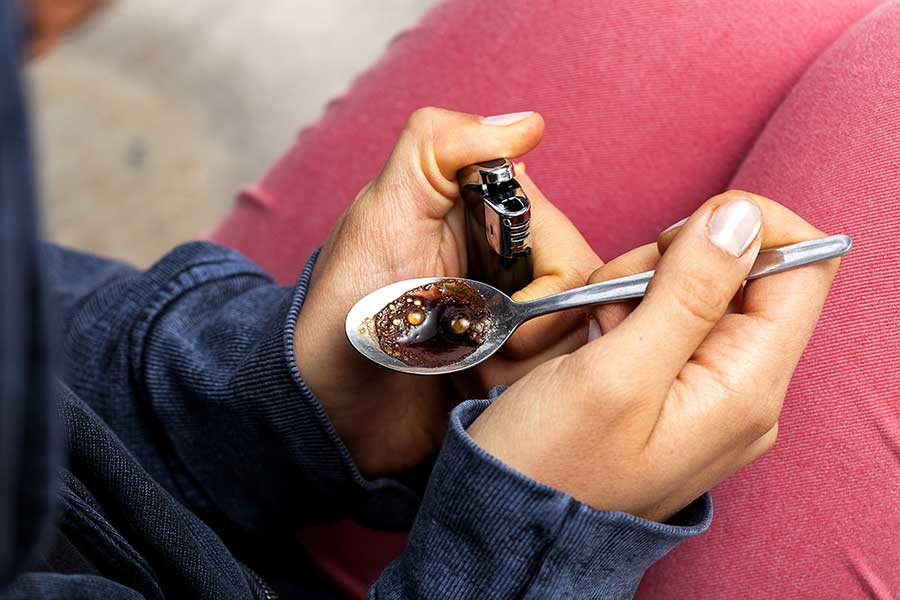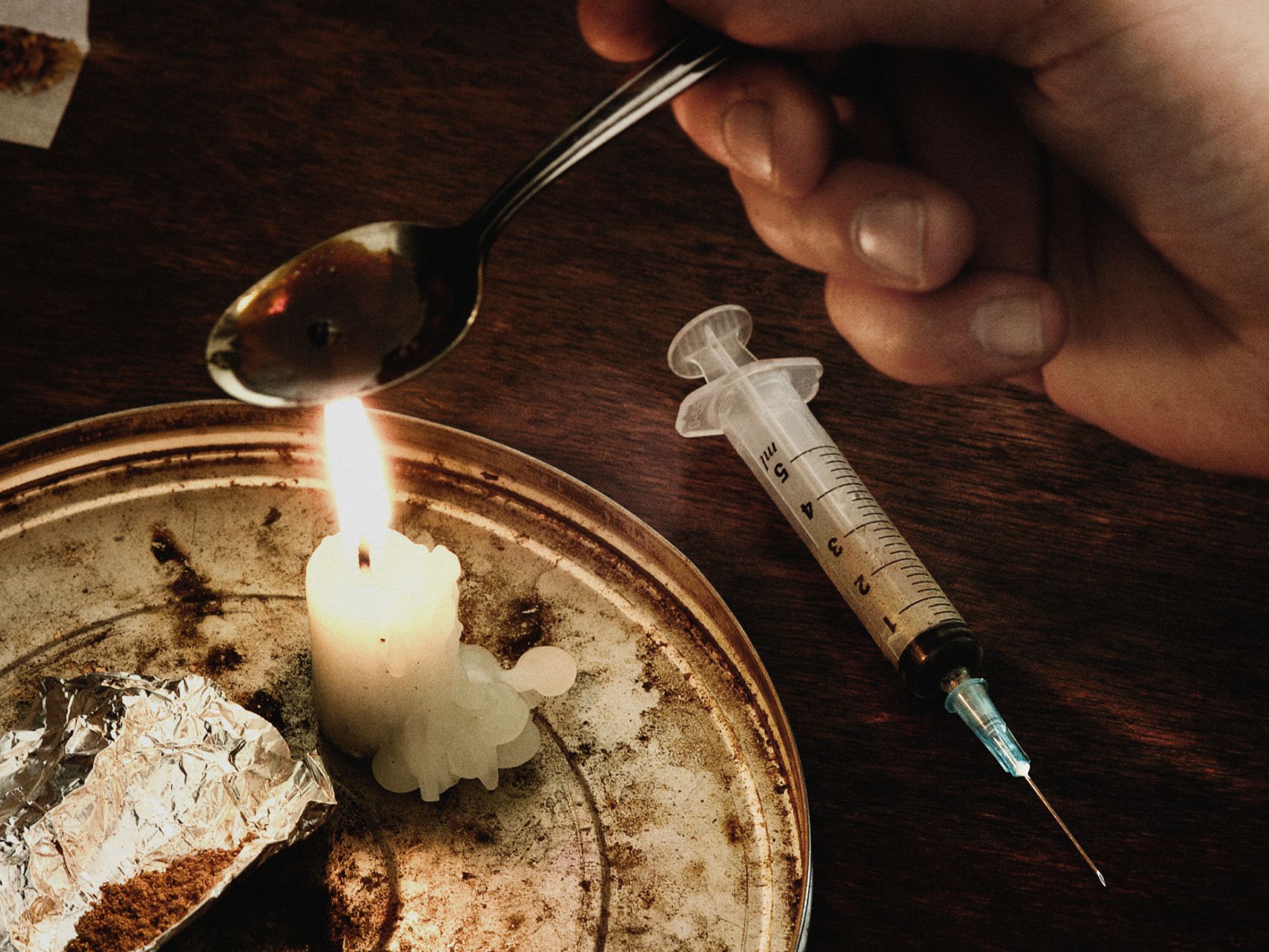Heroin is a powerfully addictive substance derived from morphine, a naturally occurring compound extracted from the resin of the seed pods of the opium poppy plant. This narcotic has profound effects on the mind and body, altering brain chemistry and influencing behavior and perception. Heroin can come in several forms depending on how it is manufactured and what substances it's been cut with. It may appear as a fine white or brownish powder, or in the case of what's known as “black tar heroin,” it’s a dark, sticky resinous substance resembling roofing tar.
Heroin belongs to a broader classification of drugs known as opioids. These include both illegal substances like heroin and certain prescription medications that are legitimately used for pain relief, such as oxycodone (OxyContin), hydrocodone (Vicodin), and codeine. What ties all these substances together is their interaction with opioid receptors in the brain, triggering pain relief but also a high potential for addiction.
Over the last decade, the United States and other parts of the world have seen a dramatic uptick in both heroin use and overdose-related fatalities. Much of this increase is directly linked to the growing misuse of prescription opioids. Many individuals who become dependent on painkillers such as OxyContin and Vicodin eventually turn to heroin as a cheaper and more accessible alternative that delivers similar euphoric effects.
Interestingly, while most heroin users report having misused prescription opioids first, only a small percentage of people who take prescription opioids end up transitioning to heroin. However, because the number of people misusing opioid pills is staggeringly high, even a small percentage translates to hundreds of thousands of individuals becoming addicted to heroin. Some users, however, begin their drug use journey with heroin itself—either due to misinformed advice, curiosity, or peer influence. Myths such as “you can’t get addicted after just one use” have led many down a path of rapid dependency. The reality is that both prescription opioids and heroin are capable of creating devastating addictions and, ultimately, overdose.
How Is Heroin Consumed?
Heroin can be taken in several ways, and each method comes with its own set of risks and dangers. The most well-known method is intravenous injection, where users dissolve the drug in water and inject it directly into the bloodstream using a syringe. This allows for rapid onset of effects, but also carries the highest risk of infection, disease transmission, and overdose.
Others may snort the powdered form through the nose, smoke it in a pipe, or inhale its vapors when heated—a method sometimes referred to as “chasing the dragon.” Some individuals mix heroin with other substances to intensify its effects. One notorious combination is known as a “speedball,” which pairs heroin with cocaine. This mixture is particularly hazardous because it combines a depressant (heroin) with a stimulant (cocaine), placing enormous stress on the heart and central nervous system, and greatly increasing the risk of overdose and sudden death.
What Happens to the Body When Using Heroin?
Heroin acts incredibly fast once it enters the body—especially when injected. It rapidly crosses the blood-brain barrier and binds to opioid receptors located throughout the brain and spinal cord. These receptors regulate key bodily functions such as breathing, heart rate, and feelings of pain and pleasure. The drug’s interaction with these areas leads to its characteristic high: a rush of euphoria followed by a heavy, drowsy sedation.
Prescription Painkillers and the Heroin Link
There is a close relationship between the misuse of prescription opioids and eventual heroin use. Prescription medications like OxyContin® and Vicodin® are chemically similar to heroin and activate the same neural pathways. Research from 2011 indicated that roughly 4 to 6 percent of individuals who misused these medications eventually turned to heroin. Even more startling, about 80 percent of those who began using heroin had previously misused prescription opioids.
More recent studies complicate the picture. In treatment centers, about one-third of people reported heroin as the first opioid they regularly used to get high. This suggests that while prescription drug abuse is a significant contributor to heroin addiction, it's not the only gateway. Direct use of heroin as a starting point still plays a major role, and efforts to prevent addiction must address both routes.
Short-Term Physical and Mental Effects
People who take heroin often describe a strong surge of pleasure or “rush.” This sensation is followed by a dreamy, drowsy state where the world seems distant and slowed down. Alongside this temporary euphoria, a range of other short-term effects may occur, including:
-
Extremely dry mouth
-
A sensation of warmth spreading through the body
-
Heaviness in the limbs
-
Nausea and vomiting
-
Persistent itching
-
Confused or clouded thinking
-
A pattern of drifting in and out of consciousness, often called "nodding out"
Long-Term Consequences of Regular Heroin Use
As heroin use continues over time, the toll on the body becomes increasingly severe. Some of the most damaging long-term effects include:
-
Persistent insomnia or erratic sleep patterns
-
Collapsed veins in individuals who inject
-
Deterioration of nasal tissue from snorting
-
Infections in the lining and valves of the heart
-
Pus-filled abscesses under the skin
-
Chronic constipation and intestinal pain
-
Severe liver or kidney damage
-
Lung infections like pneumonia and tuberculosis
-
Development of mental health issues such as depression or antisocial tendencies
-
Sexual dysfunction in men and disrupted menstrual cycles in women
Injection-Related Health Hazards: HIV and Hepatitis
One of the gravest dangers associated with heroin use—particularly via injection—is the high risk of contracting infectious diseases like HIV and hepatitis C (HCV). These bloodborne viruses are transmitted through shared needles or other contaminated drug paraphernalia. HCV remains the most common bloodborne infection in the U.S., and HIV transmission still occurs far too frequently among people who inject drugs. Additionally, heroin use impairs judgment, increasing the likelihood of engaging in risky sexual behaviors that further spread these infections.
Other Serious Health Risks
Heroin is rarely pure. It’s often diluted, or “cut,” with various substances—some relatively benign like sugar or powdered milk, and others incredibly harmful. These additives can clog vital blood vessels when injected, leading to catastrophic damage to the lungs, brain, liver, or kidneys. The damage is not always immediately visible, but over time it accumulates and can become life-threatening.
Moreover, the behavioral effects of heroin, such as lowered inhibitions and impaired decision-making, put users at constant risk. Whether it's sharing a needle, overdosing, or engaging in unsafe sex, heroin use amplifies vulnerability across the board.
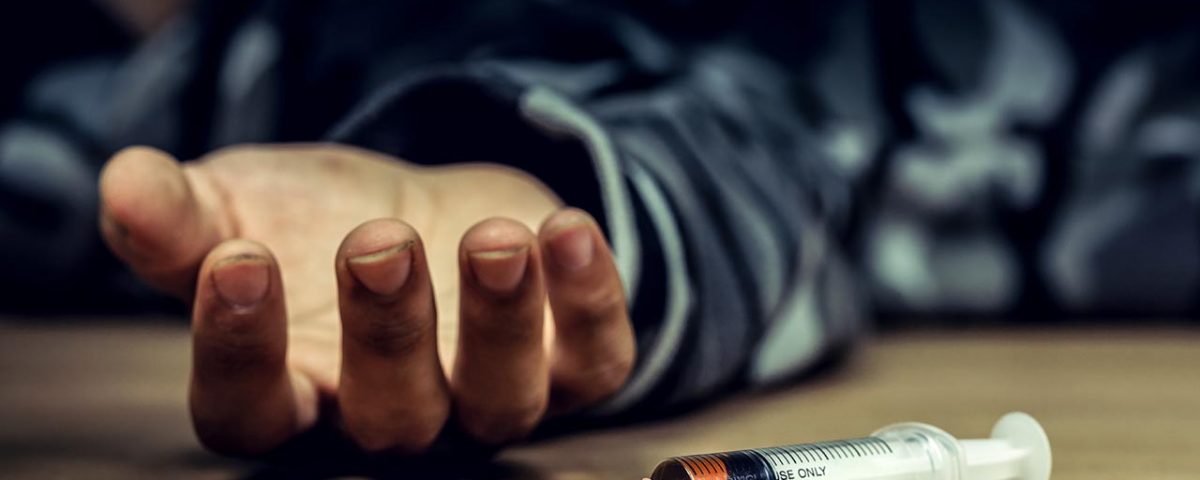
Can Someone Overdose on Heroin?
Absolutely—heroin overdoses are tragically common and can occur even in people who have used the drug before without incident. An overdose takes place when a person consumes a dose high enough to overwhelm their body’s ability to function normally, especially in relation to respiration and heart rate. As the dosage increases—either due to purity, frequency of use, or combining heroin with other substances—the risks become deadly.
During an overdose, one of the most dangerous outcomes is slowed or stopped breathing. This deprives the brain of oxygen, a condition known as hypoxia, which can result in short-term confusion, long-term neurological damage, coma, or death. Overdoses can happen within minutes and often occur silently, especially when the individual is unconscious or nodding off. With heroin becoming increasingly mixed with more potent synthetic opioids like fentanyl, the likelihood of accidental overdose has skyrocketed in recent years.
How Are Heroin Overdoses Treated?
Thankfully, one of the most significant tools in the fight against opioid overdose is a medication called naloxone. Also known by brand names like Narcan® or Evzio®, naloxone is an opioid antagonist—it binds to the same receptors in the brain that heroin does, effectively displacing the drug and reversing its effects.
However, naloxone is not a cure-all. In many cases, multiple doses are required to revive someone who has overdosed, particularly if synthetic opioids are also involved. Once revived, the individual still needs urgent medical attention to prevent further complications.
Naloxone comes in several easy-to-administer forms:
-
An injectable solution for use by medical professionals
-
A preloaded auto-injector (Evzio®) for laypersons
-
A nasal spray (Narcan®) designed for emergency use by family, friends, or bystanders
Recognizing the scale of the opioid crisis, public health authorities have increased efforts to distribute naloxone in vulnerable communities. Many states now allow pharmacists to provide naloxone without a personal prescription, making it more widely accessible to families, caregivers, and community outreach workers. These harm-reduction efforts have already saved countless lives—but education and access must continue to expand if we’re to keep pace with the epidemic.
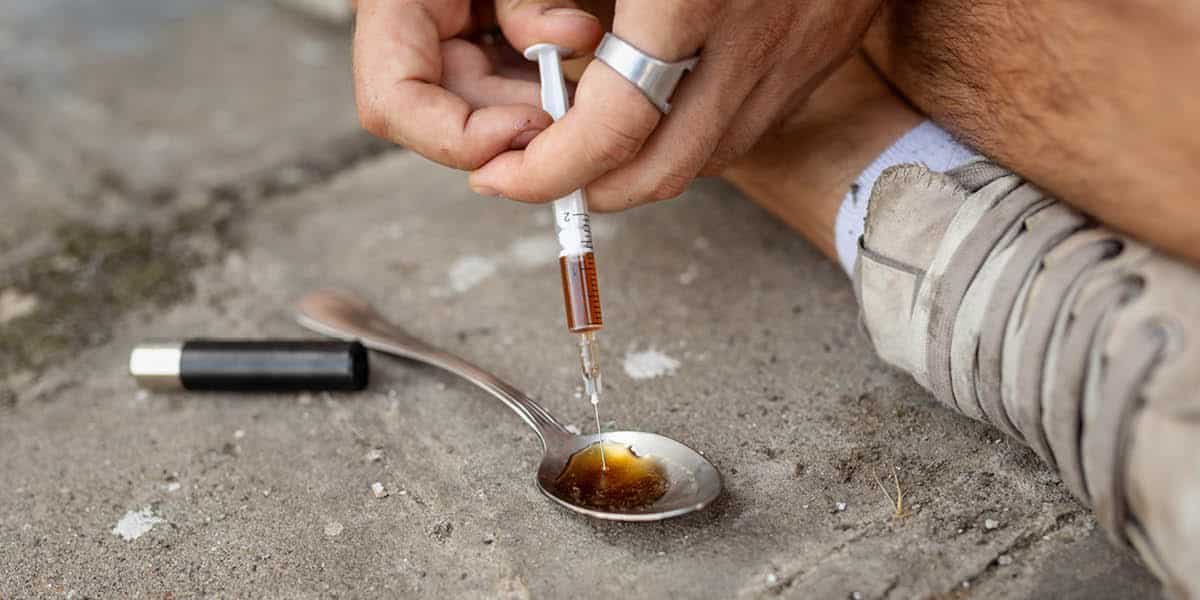
Is Heroin Addictive?
Without a doubt, heroin is one of the most addictive drugs in existence. Continued use leads to tolerance, where a person must take increasingly larger doses to feel the same effects. Over time, this evolves into dependence, where the body begins to rely on the drug to function. Eventually, a substance use disorder (SUD) can develop—this is the clinical term for addiction.
A person with an SUD might find themselves using heroin even when it’s causing severe consequences in their life—damaging relationships, interfering with work or school, and affecting physical and mental health.
When someone who is addicted stops using heroin abruptly, withdrawal sets in quickly—often within a few hours. These symptoms can be extremely uncomfortable and include:
-
Intense restlessness
-
Deep, aching pain in muscles and bones
-
Insomnia or disrupted sleep
-
Severe diarrhea and persistent vomiting
-
Chills and goosebumps ("cold turkey")
-
Involuntary leg movements ("kicking the habit")
-
Cravings that feel impossible to ignore
Researchers have also documented physical changes in the brain from long-term heroin use. These include damage to the white matter, which plays a crucial role in decision-making, emotional regulation, and impulse control. These changes can linger long after heroin use has stopped, making recovery a complex and extended process.
What Treatments Exist for Heroin Addiction?
Fortunately, heroin addiction is treatable, and many people have successfully regained control of their lives through a combination of medication and behavioral therapy. But the key is individualization—treatment must be tailored to the specific needs and history of each person.
A number of medications are available to support recovery:
-
Lofexidine, a non-opioid medication, is used to reduce withdrawal symptoms and help patients begin the detox process.
-
Methadone and buprenorphine are long-acting opioids that bind to the same receptors as heroin but in a slower, more controlled manner. These medications reduce cravings and withdrawal without creating the same euphoric high.
-
Naltrexone blocks opioid receptors entirely, making it impossible for heroin to produce its effects. It’s particularly effective for individuals who have already detoxed.
A major study from the National Institute on Drug Abuse (NIDA) found that both a buprenorphine/naloxone combination and extended-release naltrexone were equally effective once treatment began. However, since naltrexone requires a complete detox beforehand, initiating treatment with it can be more challenging for active users.
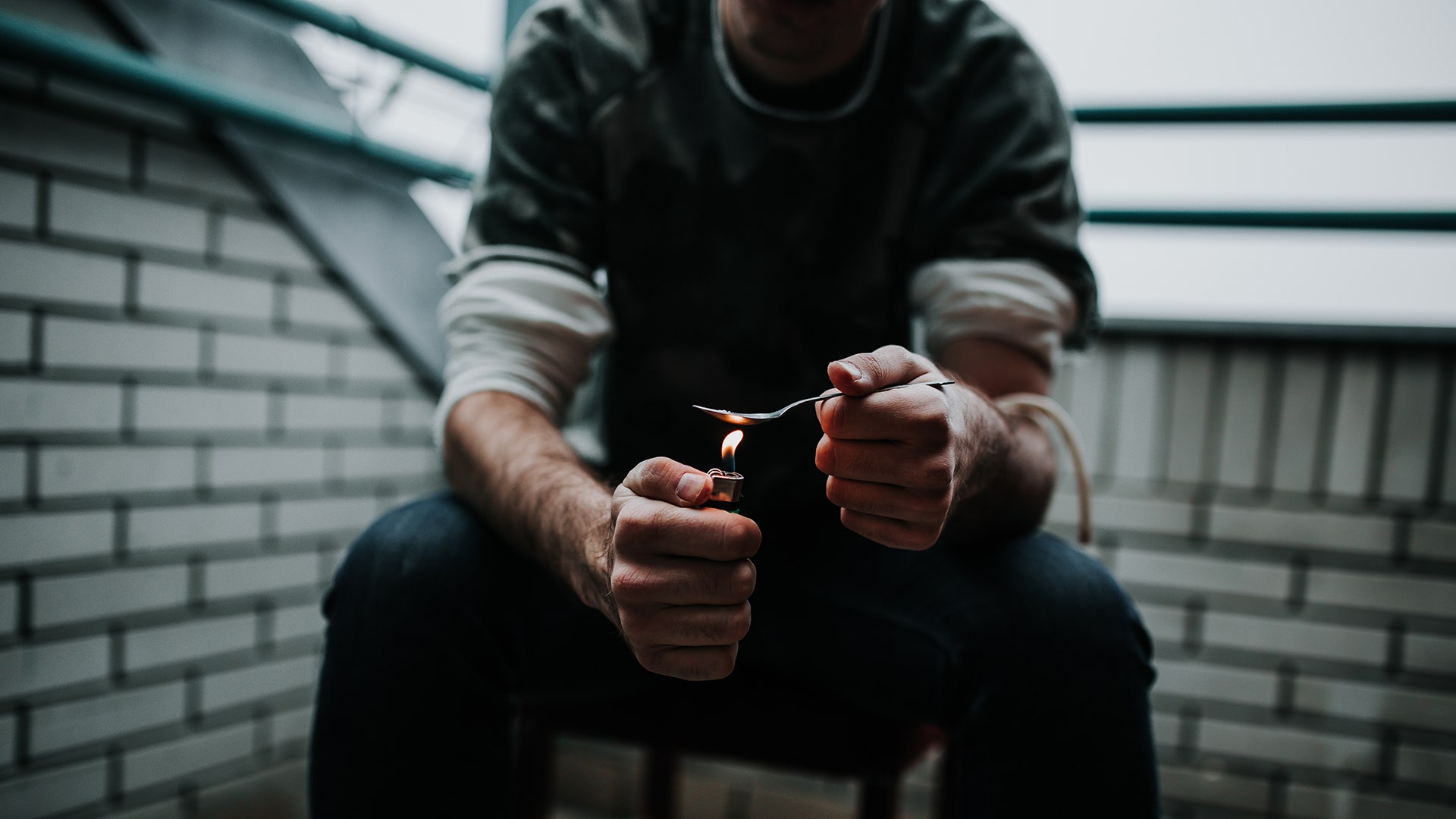
Behavioral therapies are also essential. Two widely used approaches are:
-
Cognitive Behavioral Therapy (CBT): Helps individuals recognize and avoid triggers, reshape harmful thought patterns, and develop healthier coping mechanisms.
-
Contingency Management: Offers tangible rewards (such as vouchers or small cash incentives) for meeting recovery goals, like attending therapy or staying drug-free.
These therapies are often most successful when used in combination with medication. Recovery isn’t one-size-fits-all—it’s a journey that requires a long-term support system, structured treatment plans, and ongoing adjustment as the patient’s needs evolve.
Key Facts to Keep in Mind
To summarize the major takeaways, here are some crucial facts about heroin:
-
Heroin is derived from morphine, which is itself taken from opium poppy plants.
-
It can be found as a powder (white or brown) or as a sticky substance called black tar heroin.
-
Methods of use include injection, snorting, and smoking. It’s sometimes mixed with cocaine, creating a dangerous cocktail known as a “speedball.”
-
Once in the brain, heroin attaches to opioid receptors, rapidly producing feelings of intense pleasure while also suppressing breathing and other vital functions.
-
Short-term effects include euphoria, nausea, drowsiness, and confusion. Long-term use can lead to organ damage, infections, mental disorders, and sexual dysfunction.
-
Many heroin users first began misusing prescription painkillers, but some started with heroin itself.
-
Overdose is a constant risk. Naloxone can reverse the effects if administered in time.
-
Addiction is a severe condition that can begin quickly and worsen rapidly. Withdrawal is extremely painful and discourages many users from quitting.
-
Medications like methadone, buprenorphine, and naltrexone, combined with therapies like CBT, can help individuals recover.
-
The best treatment plans are personalized and often involve a blend of medical and psychological support.

